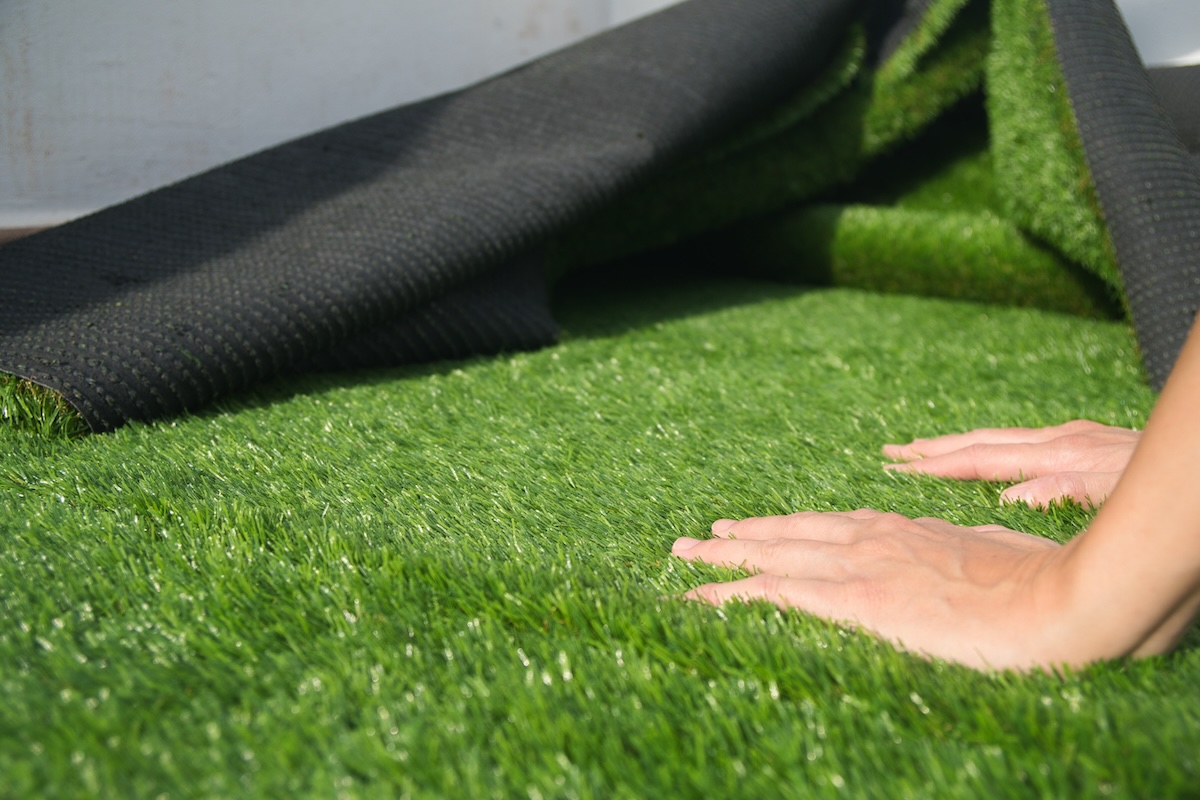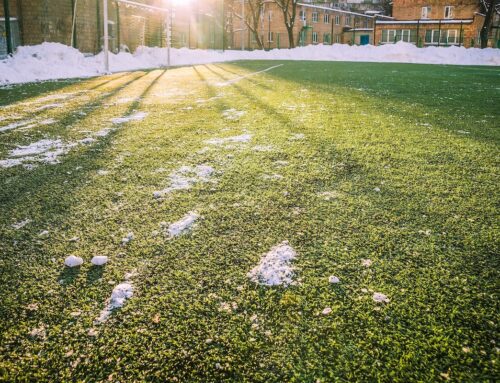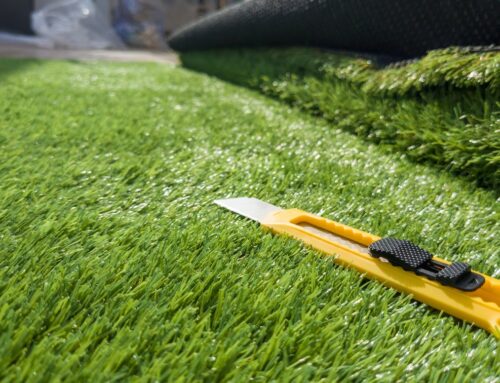Last Updated on October 8, 2025 by ReTurf
When it comes to artificial turf, infill is one of those topics that might sound a little technical at first—something that installers talk about while the rest of us nod along, pretending we know exactly what’s going on. However, it’s actually pretty straightforward—and super important.
Now, I get it—when you hear words like “infill,” your mind might go straight to bags of sand or piles of tiny rubber pellets, and you might start to wonder, Do I really need this stuff? (Spoiler: The answer is almost always yes.) Despite its name, infill isn’t just “filler”—skipping it or going with the wrong type is like having a house without a solid foundation—it’s just not going to hold up, and you’ll notice the problems sooner rather than later.
If you’re just starting to explore the field of synthetic grass, you might already be overwhelmed with decisions—figuring out the installation process, picking the most realistic artificial turf, and now this thing called infill? Don’t worry. In this guide we’ll explain its purpose, the different types, and why it’s nearly always essential.
What Does Infill “Do” for Artificial Turf?
Artificial Turf Infill is the layer of material (often made of sand, rubber, organic material, or a combination of materials) spread between the blades of synthetic grass. It might not look like it is doing much, but trust me, it’s doing some serious heavy lifting.

Without it, the whole installation can shift, ripple, or bunch up over time, especially in high-traffic areas. Infill acts like an anchor, adding weight that holds the turf down securely to the base layer. This stability keeps your lawn from moving when you’re walking, playing, or even just dealing with a lot of windy days. It holds up against the elements, keeping your lawn secure when those sustained strong gusts, storms, and heavy rains come through.
So, what does it actually do for synthetic turf? A whole lot, actually—more than most people realize. It’s not just an extra layer of material you sprinkle on top or omit if you want to save money on artificial grass installation. Let’s look at some of the things infill does:
- Adds weight and stability: As mentioned above, keeps the turf in place and prevents it from shifting or rippling underfoot.
- Cushions and supports: It creates a softer, more natural feel, mimicking the “give” of real grass. Ever walked barefoot on low-quality fake grass and thought, “This feels like a carpet on concrete?” That’s what happens when there’s no infill. Infill provides the cushioning that makes artificial grass feel softer and more forgiving—closer to the experience of walking on real grass. (For sports fields and playgrounds, cushioning is even more important, as it helps absorb jump/fall impacts.)
- Temperature control: Some infill materials even help keep the turf cooler, which is a lifesaver during hot summers.
- Improves drainage: Certain types of infill aid water flow, preventing puddles and keeping your turf usable even after heavy rain. For example, silica sand or zeolite can help water flow through the turf and into the drainage layer below. This keeps it usable even after a downpour and prevents long-term moisture-related issues like mold or mildew.
- Maintains blade position: Unless they’re a set designer on a film set in the 60s or 70s, nobody wants turf that looks like the matted green turf of decades past. Infill helps keep the synthetic blades standing tall and proud, giving your lawn that lush, realistic appearance. It helps provide that “freshly mowed” look of high-quality artificial grass installations, even after it’s been through heavy use. Without infill, the blades would flop over and lose that natural aesthetic.
As you can see, if you were to install synthetic turf without infill, you’d end up with flattened blades, a harder surface, and an installation that shifts and wrinkles over time. Infill helps give modern, high-quality synthetic grass its longevity, comfort, and good looks. It’s the reason your turf feels great to walk on, stands up to daily use, and looks amazing year after year.
While it might seem like just an “extra” layer in the process, infill is absolutely essential. Regardless of whether you’re installing a residential lawn, a playground, or a sports field, infill is one of the pieces that ties it all together and ensures you get the most out of your artificial turf investment.
So now, with all that said…
Is Infill “Absolutely Necessary” for Artificial Turf Installation?
In most cases, yes. Installing turf without infill isn’t recommended unless you’re working with a very specific type of turf product designed to be infill-free.
Even then, those infill-free products are best suited for niche situations like decorative installations or light-use areas. If you’re planning to install turf somewhere that sees moderate to heavy traffic, like a backyard, sports field, or playground, you’re going to want infill.
Infill provides the foundation and support that artificial grass needs to stay functional and attractive over time. And if you’re installing it on a sports field or playground, infill is critical. It absorbs impact during jumps and falls, improving safety. Beyond safety, it even plays a role in performance, helping fake grass mimic the natural responsiveness of real grass.
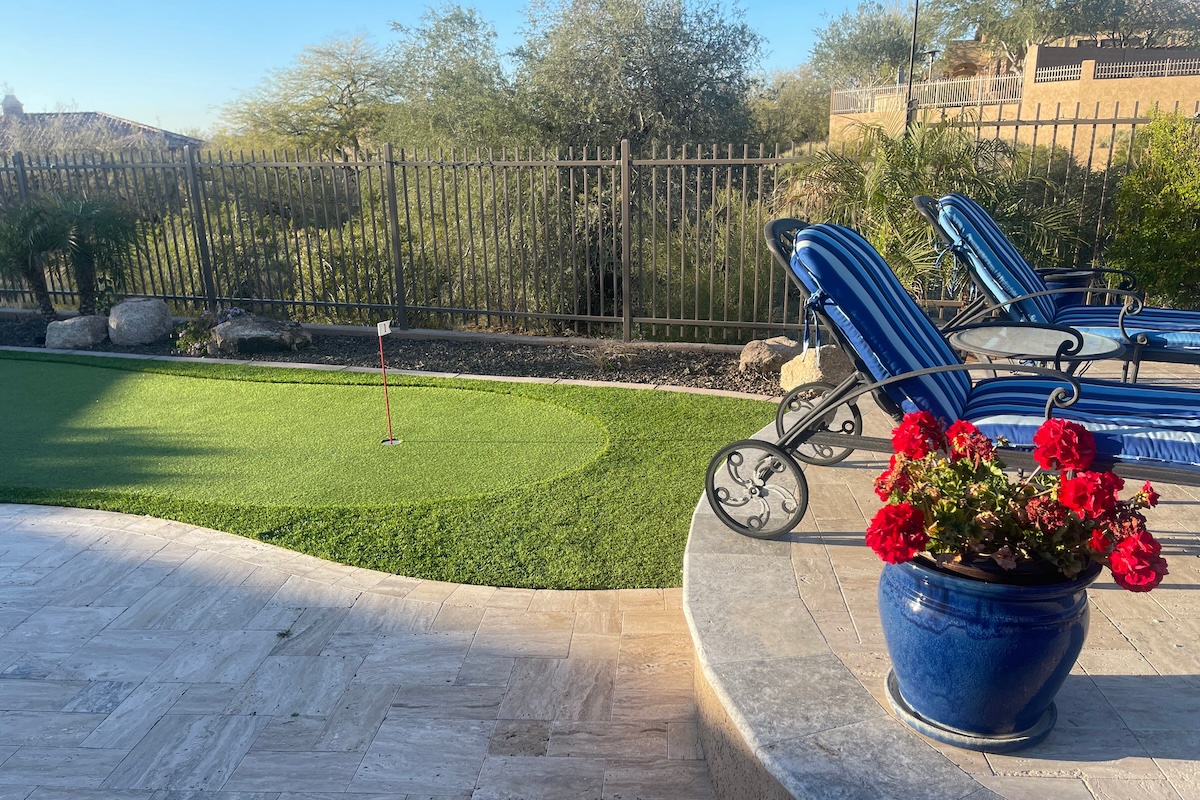
What Happens if You Install Turf Without Infill?
Skipping the infill might seem like a way to save time or money, but it’s a gamble that doesn’t pay off in the long run. Here’s what can happen:
- Flattened blades: Without infill, the blades of your turf can collapse and lose their upright appearance, making your lawn look lifeless.
- Poor stability: Synthetic grass without infill is more likely to move, wrinkle, show seam lines, or develop uneven spots over time.
- Faster wear and tear: The lack of cushioning means the fibers (grass blades) are more prone to breaking down underfoot.
- Compromised drainage: Many infill options help channel water through the turf. Without it, drainage can become an issue.
- Reduced lifespan: Skipping infill might save you money upfront, but you’ll likely face higher maintenance costs or need to replace the turf sooner.
Do You Need to Add Infill to Artificial Turf After It’s Been Installed?

No, In most cases, you don’t need to add infill to artificial turf after it’s been installed, especially for residential lawns or areas with light to moderate use. Many synthetic grass installations can go for years without needing infill replenishment, especially in residential settings.
However, in some cases, infill will need to be topped up or replaced. Over time, heavy use, weather conditions, or cleaning can cause infill to shift or settle.
If you notice areas of turf looking uneven or worn down, it’s a sign that infill might need to be replenished. Here are some considerations:
- For Most Residential Lawns: Adding infill after installation is rarely needed if the turf is properly installed and maintained. Regular brushing can help redistribute infill and prevent unevenness.
- High-Traffic Areas: Sports fields, playgrounds, or dog runs might require infill replenishment over time due to compression or displacement caused by frequent use.
- Environmental Factors: Heavy rainfall, strong winds, or other extreme weather can occasionally shift infill, especially in poorly drained areas or where lighter infill materials (like organic infills) are used.
- Signs of Need: You would only need to add infill if there are clear signs, such as flattened grass blades, uneven surfaces, or hard spots. Otherwise, it’s not something you’ll likely have to do on a routine basis.
Fortunately, adding infill to an existing installation is an extremely straightforward process. You can often do it yourself with the right tools, or you can call in a professional for larger jobs.
Here’s what you’ll typically need:
- Drop Spreader or Broadcast Spreader
- This tool is essential for evenly distributing the infill material across the surface. It works like the seed or fertilizer spreaders you’d use for natural grass.
- Stiff Bristle Broom or Turf Brush
- Once the infill is spread, use a stiff bristle broom or a turf brush to work the infill down into the grass fibers. This ensures it settles properly and supports the blades.
Besides these basic tools, there are a few more that are not absolutely necessary—but are nice to have on hand:
- Rake (Optional)
- For larger areas, a rake can help spread the infill roughly before fine-tuning with a spreader or brush.
- Rubber Mallet (Optional)
- If you notice any edges or seams lifting while replenishing infill, a rubber mallet can help press them back into place without damaging the turf.
- Leaf Blower (Optional)
- If debris, like leaves or dirt, has accumulated on your turf before adding infill, a leaf blower can clear the area for a cleaner application.
- Wheelbarrow or Buckets (Optional)
- To transport and pour the infill material more easily, especially for large projects.
What Types of Infill Are Available for Artificial Turf?
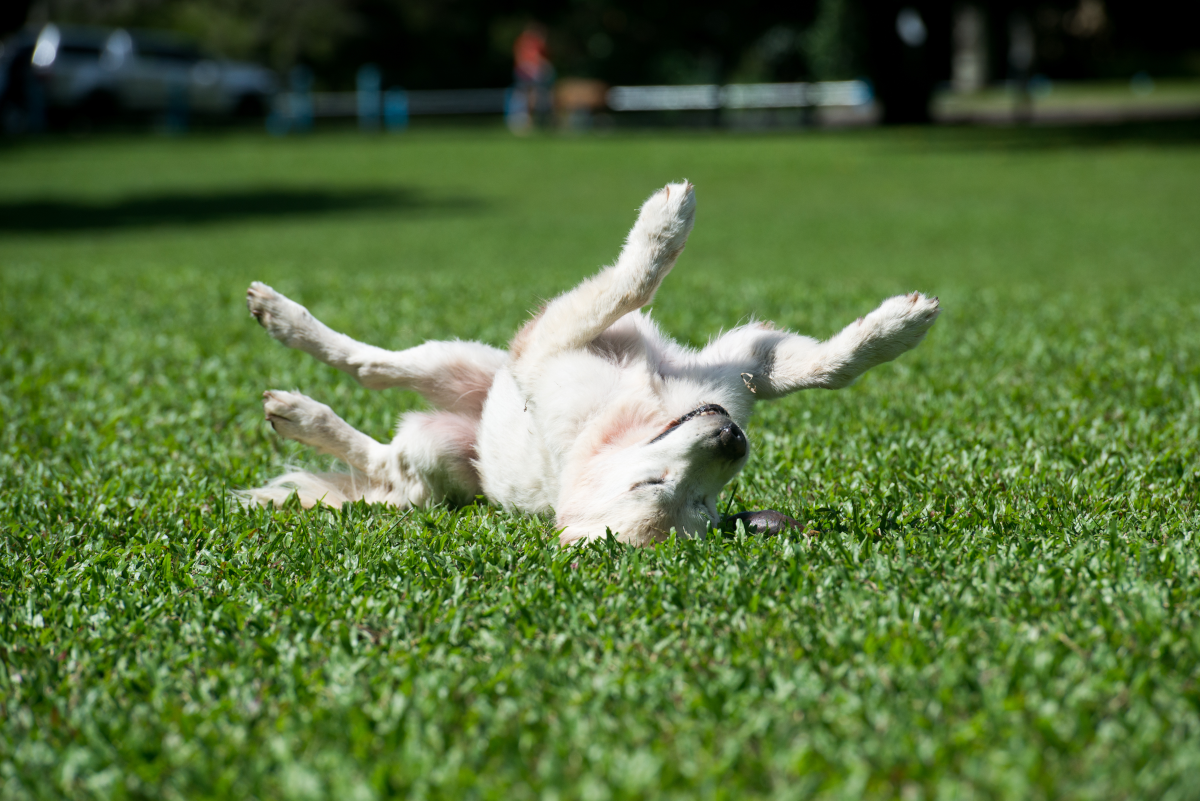
Not all infill is the same, and choosing the right one is where the rubber (or sand, or cork) really hits the road. The type of infill you need depends on a few key factors: how the turf will be used, how much you’re willing to spend, and what features matter most to you. Let’s take a closer look at some of the most common options to help you make the best choice for your project.
Silica Sand
This is the bread-and-butter option of infill—simple, affordable, and widely used. Silica sand adds weight to your turf, keeping it stable and secure.
It’s best suited for low-traffic areas like residential lawns or decorative spaces where the grass won’t be put through the wringer.
One downside: it tends to get hot in direct sunlight, which can make it less comfortable for bare feet or paws on scorching summer days.
Crumb Rubber
Made from recycled tires, crumb rubber brings excellent cushioning and shock absorption to the table. It’s a common choice for sports fields and playgrounds because it softens impact and adds a “springy” feel underfoot. It can get a little messy over time if it migrates out of the turf, but this is typically not a major issue. Combining rubber crumbs with silica sand is recommended for better results.
Zeolite
If you’ve got pets, this one’s for you. Zeolite is a natural, organic infill that’s great at controlling smells—especially odors from pet urine—and keeping turf cooler. It’s a solid choice for dog runs or backyards where your furry friends spend a lot of time.
While it may be a bit pricier than basic silica sand, it can be worth the upgrade for the added benefits.
Acrylic-Coated Sand
Acrylic-coated sand combines the weight and stability of regular sand with added features like heat resistance and improved cushioning. It’s a great middle ground if you’re looking for something a little more advanced without jumping all the way to premium organic options.
Organic Infill
Made from materials like cork, coconut husks, or walnut shells, these options are biodegradable and sustainable. However, they may require a little more maintenance and aren’t always as durable in high-traffic areas.
Combining Infill Types
Infill combinations are common, and often recommended for the majority of artificial turf installations. Mixing infill types can help balance performance and budget. It can maximize the benefits of each material while addressing specific needs of the project/application.
For example:
- Silica Sand + Crumb Rubber
- This is one of the most widely used combinations, especially for sports fields and playgrounds. The sand adds weight and stability, while the crumb rubber provides cushioning for impact absorption.
- Common Use: High-traffic areas like recreational/athletic fields or places where safety is a priority.
- Zeolite + Silica Sand
- Popular for pet-friendly installations. The silica sand ensures stability, and zeolite helps control odors and keeps the turf cooler, which is a significant concern for pet owners.
- Common Use: Residential backyards, pet runs, or kennels.
- Acrylic-Coated Sand + Crumb Rubber
- This combination is common in specialized applications like multipurpose fields. Acrylic-coated sand is preferred for its heat resistance and cleaner properties, while crumb rubber adds safety and softness.
- Common Use: Community parks, multi-use sports facilities.
The most common combinations—silica sand with crumb rubber and silica sand with zeolite—are backed by practicality and performance needs. Other combinations can be effective, but are more situational or experimental, driven by individual project goals. It’s always a good idea to consult with artificial turf experts/professional installers to determine the best fit for your specific application.
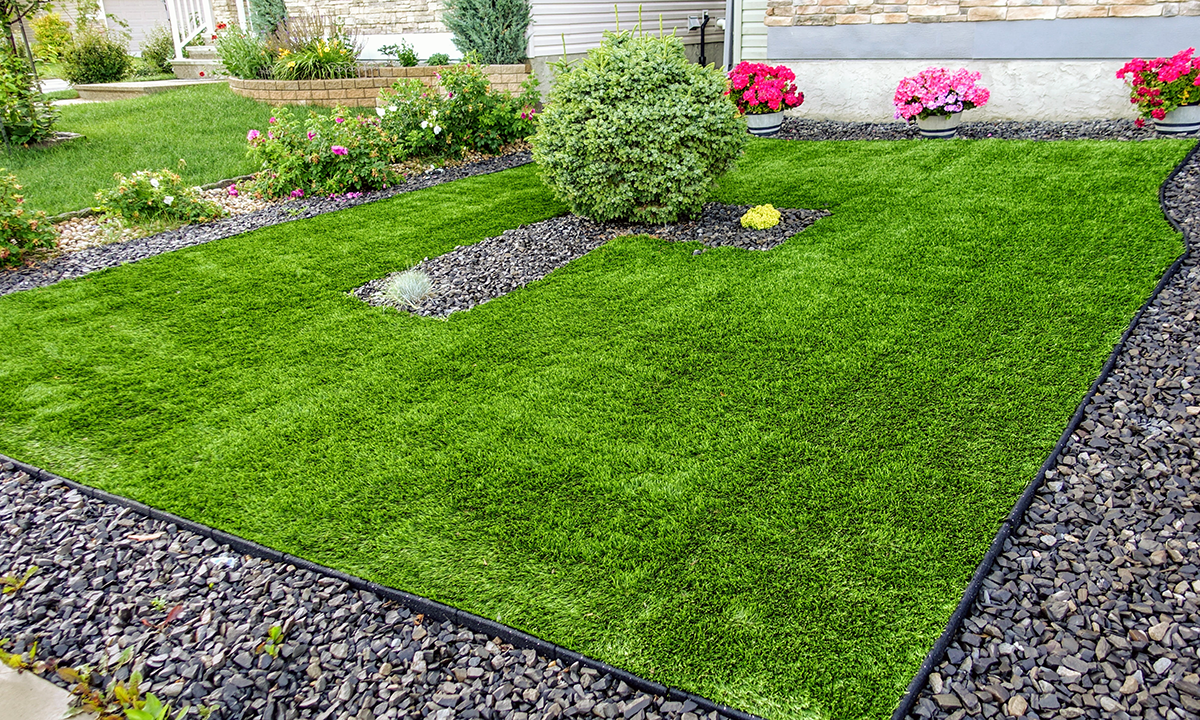
How Does Infill Affect the Appearance/Lifespan of Artificial Turf?
Infill plays a direct role in how long your turf lasts and how good it looks. It can protect it from wear and tear, keeping it looking great for years. It minimizes matting, reduces fiber degradation, and prevents the surface from feeling too hard or uncomfortable. Plus, with options like odor-neutralizing zeolite or cooling-coated sand, it can improve your overall experience with the turf.
Every time someone walks, runs, or plays on synthetic grass, there’s a bit of friction against the blades. Infill acts as a cushion, absorbing that wear and tear and helping the turf hold up to even heavy use. For example, if you have dogs that use your backyard, without infill, constant running, digging, or general pet activity would wear out the turf much faster. With the right infill, the surface stays resilient, and the blades are far less likely to show signs of damage even after years of activity.
Whether it’s a backyard where the kids are always playing or a sports field that sees game after game, infill can help keep synthetic grass looking as good as the day it was installed.
Final Thoughts
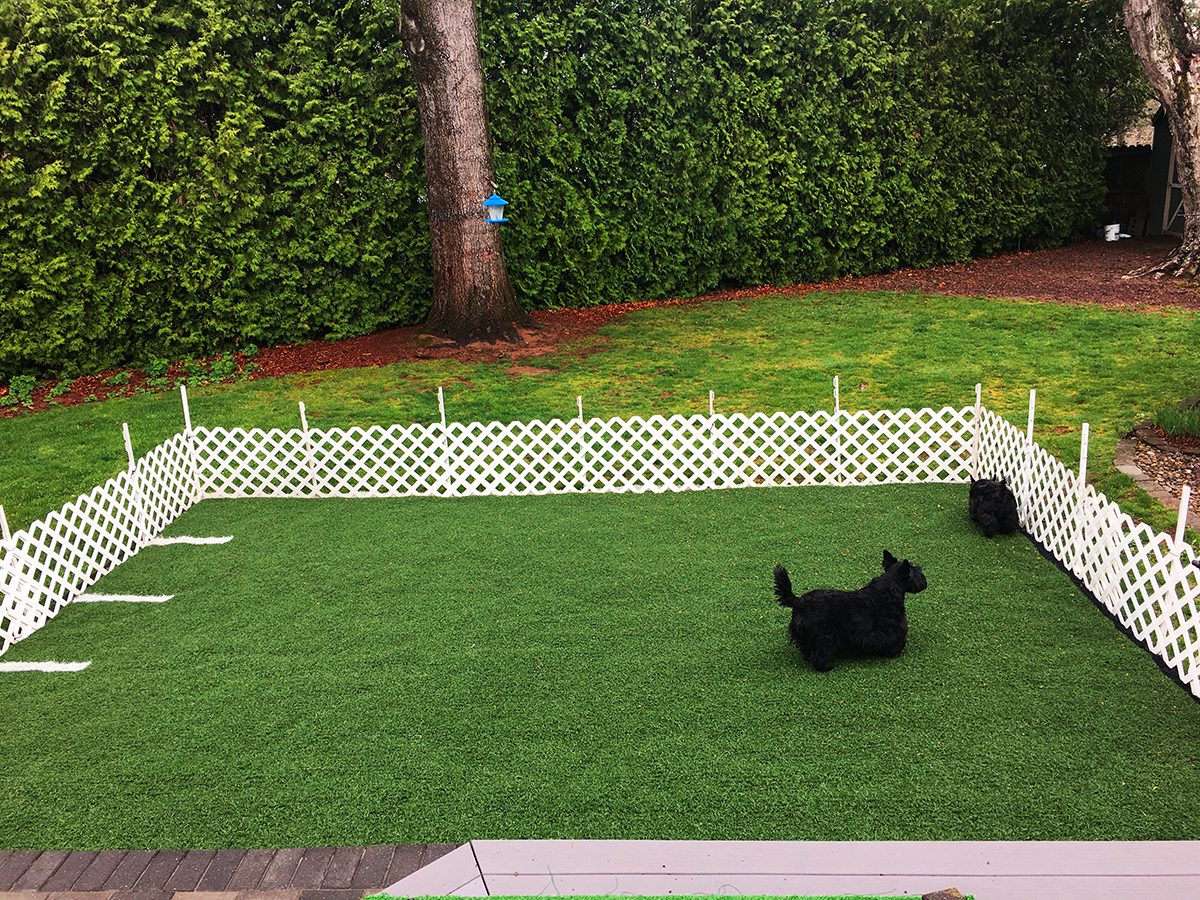
Infill is one of those behind-the-scenes details that can make a big difference in the performance and longevity of your synthetic grass. From keeping blades upright to improving safety and comfort, it’s a must-have for most installations. Whether you’re choosing turf for a backyard, a dog run, or a soccer field, don’t skimp on the infill—it’s the foundation of a successful, low-maintenance turf system.
Have questions about your artificial turf installation? Feel free to reach out—We’re always happy to share what we know and help you make the right choices for your project. Give us a call at (828) 518-5787 or click here to email us.

